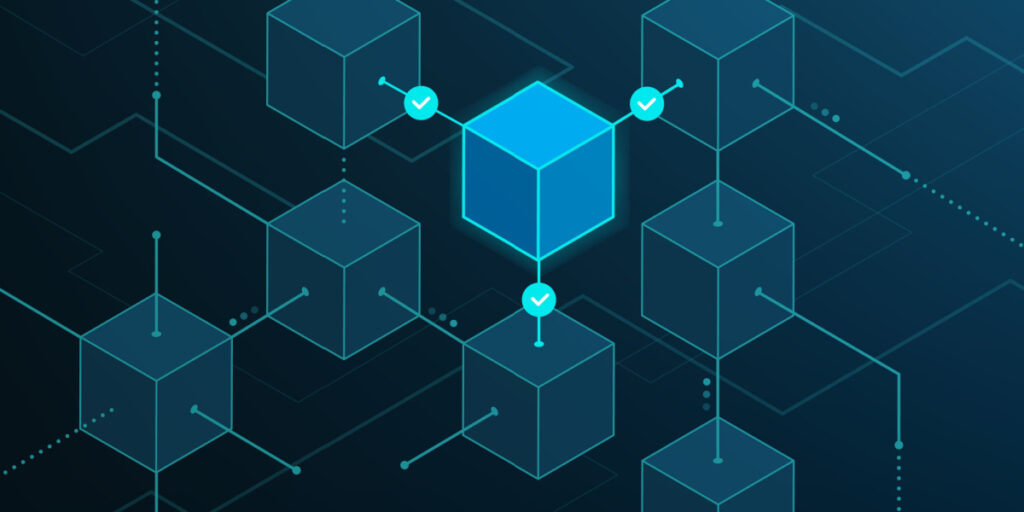7 Key Blockchain Terms You Need to Know
|

The blockchain is getting a lot of buzz lately, and for good reason. This method of recording transactions is becoming more and more important as industries and companies discover its usefulness, and there’s still plenty of room for it to grow.
To someone who has never heard of blockchain before, however, trying to untangle what the blockchain actually is can be a daunting task. Even sources that do their best to explain the blockchain in simple terms can be confusing, especially when you don’t have a firm grasp on what those terms mean. (See our post describing the blockchain in 10 quick facts, here.)
We’ve compiled a short glossary (seven entries, to be exact) that will key you into the crucial terms you’ll need to know if you’re going to even begin to understand blockchain technology.
- Cryptocurrency: Digital currency (i.e. there is no physical “bill” or “coin” you can hold in your hand). Bitcoin is possibly the most popular type of cryptocurrency. Transactions using cryptocurrencies are verified and processed using blockchain technology.
- Block: A group of digital transactions to be validated. Once validated, it is added to previously validated blocks, forming a “chain.” Blocks contain information about the transaction, including who is involved, the date and time of the transaction, and the amount of currency involved.
- Decentralized: Having no single entity in charge of managing or verifying transactions. A decentralized system uses the network as a whole to manage transactions. This is in contrast to, for example, having a single “bank” where your money is kept, and which clears any transactions you make using that account. The decentralized nature of blockchain is one of the reasons it is so secure: there is no single place where information is recorded, making it extremely difficult for hackers to access that information.
- Node: The computers connected to the blockchain network that work together to record transactions. Each node houses a record of the transactions that have been added to the chain thus far, and each node plays a role in verifying new transactions. The “ledger” kept on all nodes is constantly updated so that they all match.
- Mining: The process of verifying transactions. Mining computers solve complex mathematical problems to determine whether or not a transaction should be considered valid. Computers that solve problems correctly are rewarded with currency, the amount of which depends on the complexity of the problem.
- Public key: information that communicates where digital currency is going to and coming from.
- Private key: information unique to each user that is needed to access any funds the user might have. Records of private keys are not kept anywhere (decentralization, remember?) so it is important that they are kept secure.
While all the details of the blockchain can get very complicated and intricate, knowing these key terms will give you a basic understanding to build on when it comes to learning about this increasingly popular technology.
Need a blockchain expert on your team? EDI Staffing can help you stay on top of the game by finding qualified tech professionals to fill your empty positions. Contact us today to see what our years of experience could do for you!
Sources:
https://www.cnbc.com/2018/06/18/blockchain-what-is-it-and-how-does-it-work.html
Leave a Reply


